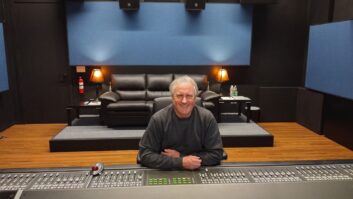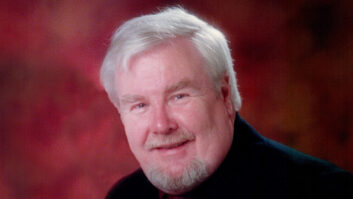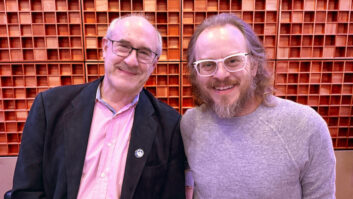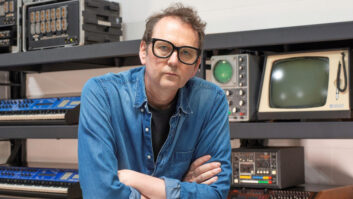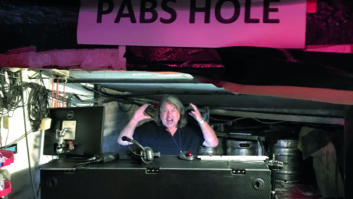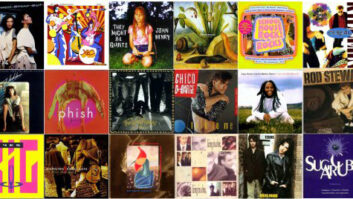
With the news that Jefferson Airplane-founder Paul Kantner, 74, died in late January of a heart attack, pro audio raconteur Mr. Bonzai pulled this 1989 in-the-studio Q&A out of the archives. It is reprinted from his 2006 book, Faces of Music.
Things were pretty hush-hush at L.A.’s Record Plant during the second flight of Jefferson Airplane. The band had secreted themselves away in Studio 1, while little news bits were leaked to the press about Paul Kantner, Grace Slick, Jorma Kaukonen, Jack Casady and Marty Balin getting together again for the first time since 1973. Being one of those ’60s pilgrims who trekked to San Francisco so long ago and got my brains and clothes rearranged, I was downright curious about what was going on.
Seems that the media has chosen to make 1989 the year of facing our hippie ghosts in the flesh. How have you done? How have they done? The Airplane launched a new era from their flightpads in San Francisco, and Woodstock paved the way for the rolling revues that have thundered around the world ever since. Stadium concerts, T-shirt franchises and sound reinforcement have become megabizz. Some things have changed since those freewheelin’ early days.
*******
Why was the Jefferson Airplane the first of the Bay Area bands to sign a major contract?
Random factors. A big accident. We just happened to be in the right place at the right time and we were pretty good.
What is the life of rock and roll?
A rock and roll musician lives on the edge of good and bad, positive and negative. You walk the gauntlet of total pleasure, happiness, completion—and excess, drug addiction or crashing in cars like James Dean, one of the first rock and rollers. You walk that fine line and are given access to anything, just because of the amount of money you make. If you are young enough, and have lack of control, you can go over the edge without anyone being able to stop you.
How is the youth culture doing today?
I have no idea. How would I know? We didn’t know back when we were beginning. When Jefferson Airplane went out to play the “Human Be-In” [January 14, 1966], as they called it, we expected a couple of hundred people. All of a sudden there were 20,000, all looking weird. [laughs] It was a children’s army—a strength in numbers.
Will we ever have another “Summer of Love”?
No, of course not. But there is something about it that is charming to remember. We like to go back to the places of our childhood—some of us do—to see what it was really like, and sit there for awhile and absorb. We haven’t moved away from it, so we are still children—struggling mightily to remain adolescents as long as possible.
Any thoughts about preparing a young artist for the rigors of the business world?
You can’t prepare for it. It’s like a ritual that you have to go through. It’s part of the weeding-out process. It’s been said that true writers write because they have to. Whether anyone reads it or not is unimportant. It’s almost like rock and roll is becoming an establishment profession. Are you going to be a dentist, a doctor or a rock and roll musician? Then you retire, move to Hawaii and do God-knows-what for the rest of your life. Some of us just do it, because it has to be done. And, some of us are in a position to be able to do it. We happen to be in a very lucky position.
Well, bon voyage…
Let the sparks fly—and take care.
Reprinted from Faces of Music: 25 Years of Lunching with Legends by Mr. Bonzai ©2006, Cengage/Artist Pro
